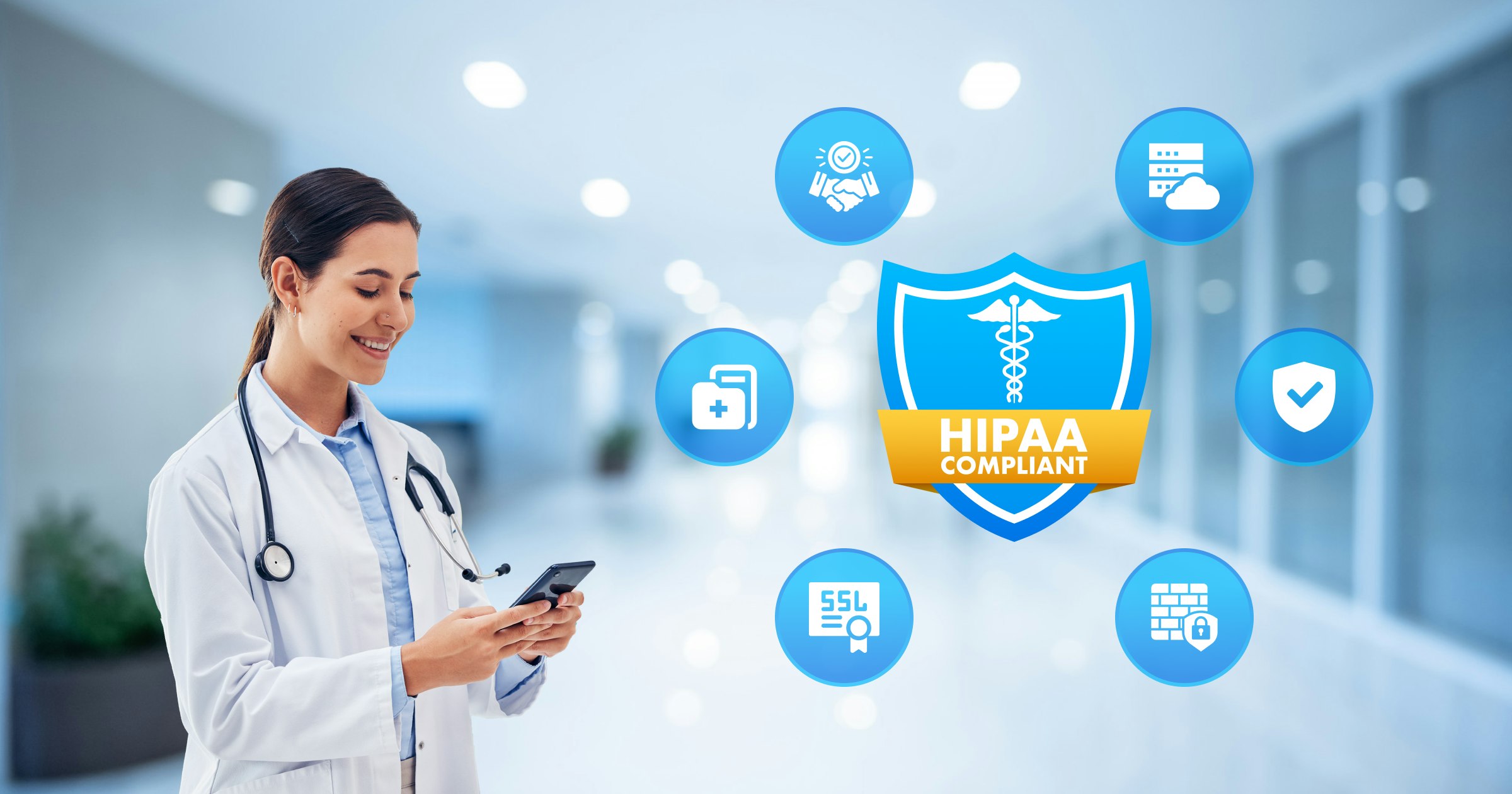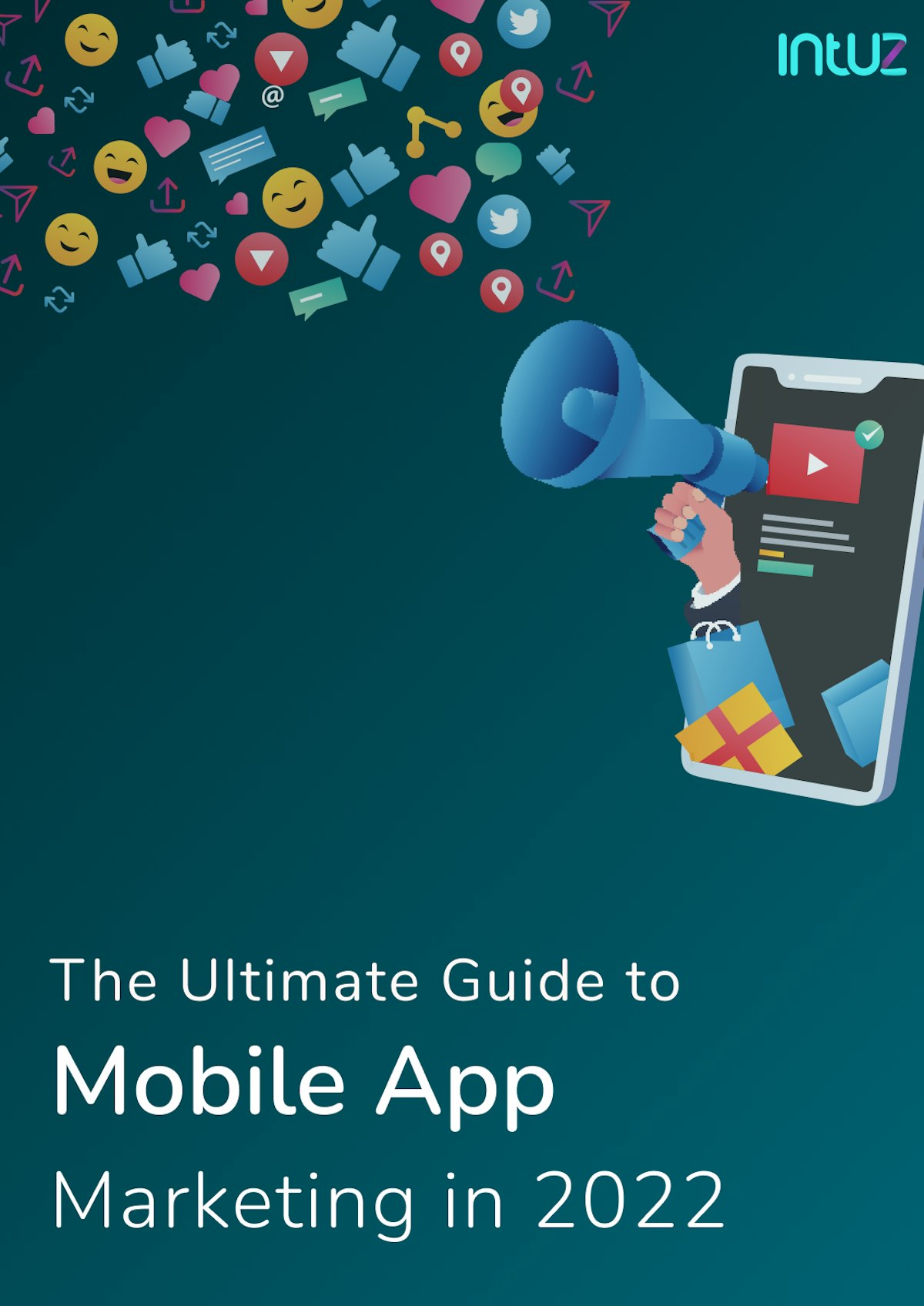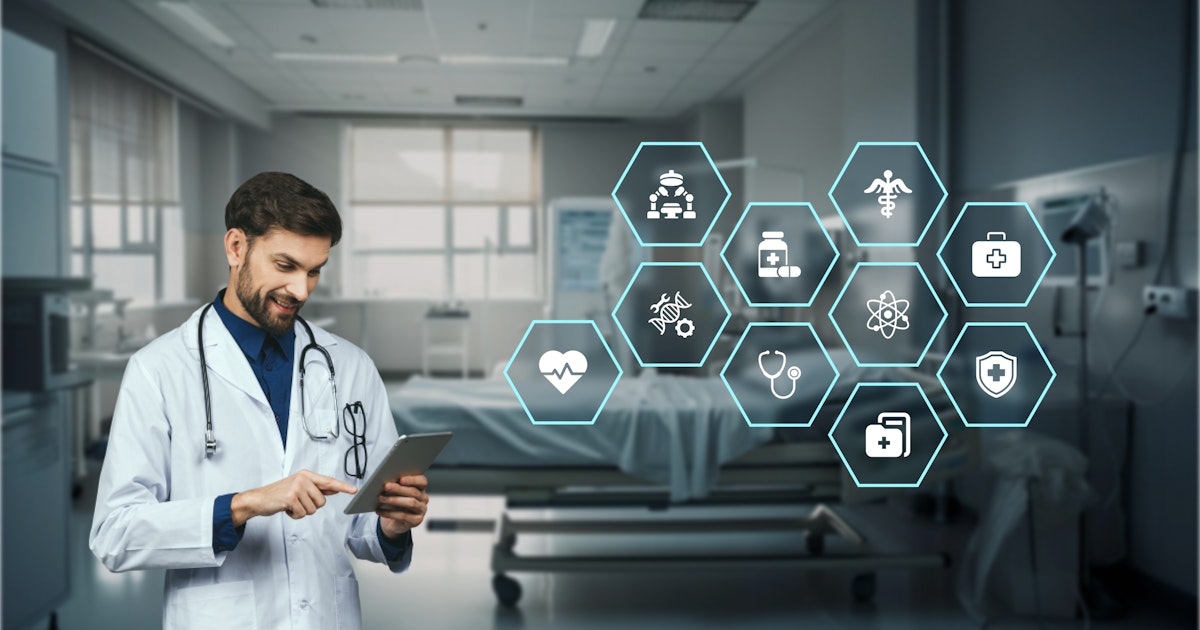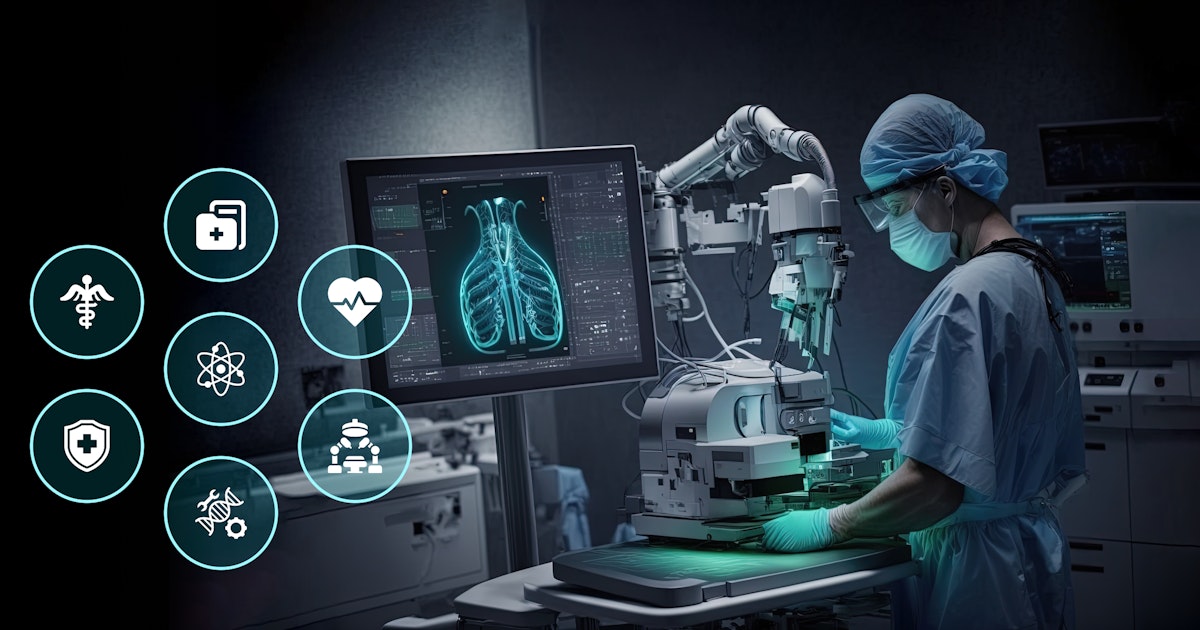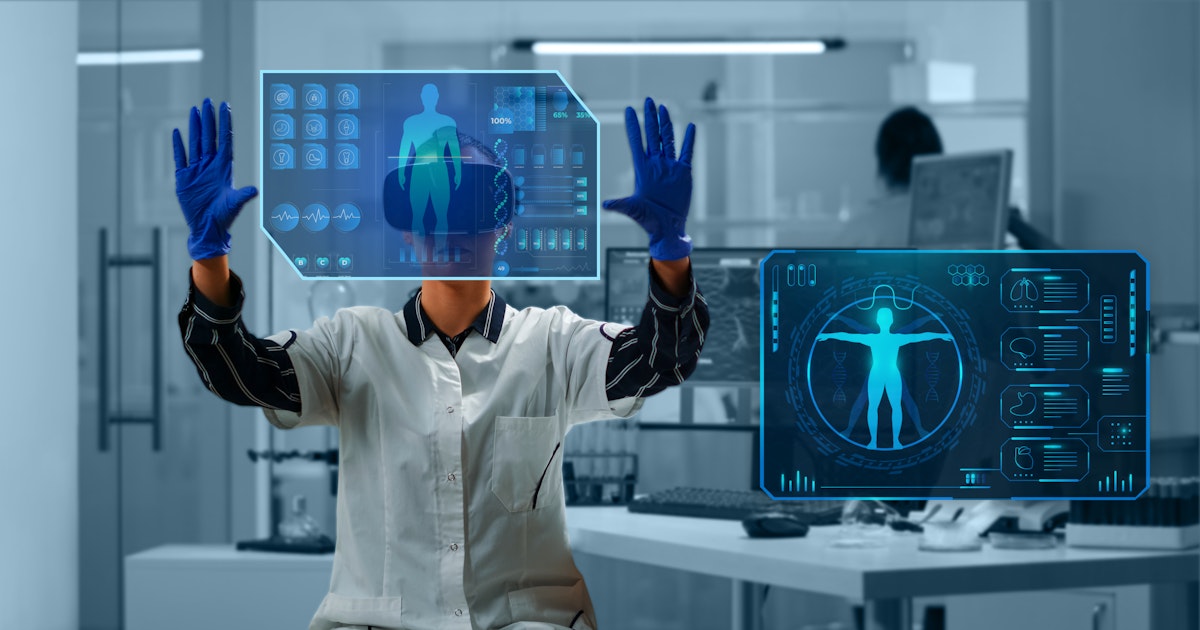In a world serious about data privacy, a healthcare app startup cannot think of launching an app that’s not compliant with HIPAA. The Health Insurance Portability & Accountability Act (HIPAA) is a blanket law that outlines the guidelines associated with sensitive patient information and data protection. Every company that asks for protected health information (PHI) must follow HIPAA guidelines to avoid heavy fines and lawsuits.
What is HIPAA compliance?
HIPPA requires stakeholders, entities and business associates that provide treatment, facilitate payments or op12`erate in the healthcare domain to follow HIPAA guidelines to ensure compliance. In fact, anyone who has access to sensitive patient information must be HIPAA compliant. But what does HIPAA compliance mean?
The United States Department of Health & Human Services (HHS) has set up HIPAA Privacy Rules that requires healthcare stakeholders to protect certain information related to patient health. Also, the Security Rules along with privacy rules defines guidelines to protect information that is transmitted or stored in electronic format. To be HIPAA compliant one needs to follow the standards mentioned under privacy and security rules.
Complying with HIPAA norms is quite important for any startup, app or software company dealing with sensitive health information. As Electronic Health Records come under the purview of HIPAA compliance, one needs to take diligent measures in complying with the HIPAA rules owing to the security and data privacy risks.
Failing to meet HIPAA guidelines can attract a maximum penalty of $50,000 on every violation with a cap of $1.5 million yearly. This means every app or software dealing with sensitive healthcare information should be HIPAA compliant.
HIPAA Compliance Rules for a Mobile or Web App
HIPAA outlines four major rules for patient data protection, in general. These include:
- Privacy Rule
- Security Rule
- Enforcement Rule
- Breach Notification Rule
For an app developer’s perspective, the security rule is of maximum importance as it outlines several physical and technical safeguards one needs to implement for HIPAA compliance.
Physical Safeguards for HIPAA Compliance
The physical safeguards deal with protecting backend networks, data networks and devices that can be physically hacked or compromised. Physical safeguard outlines the people who have access to the PHI data and management of access. Basically, physical safeguards deal with the following:
Facility Access Controls
This includes setting up plans to deal with security issues, contingencies, maintenance and access control procedures. The basic steps include:
- Setting up procedures for facility access in case of an emergency under disaster recovery and emergency operations plan.
- Execute policies to protect the facility and equipment from unauthorized access or data theft
- Implement policies to validate a stakeholder’s request to the facility based on his role or function
- Creating policies for repairs and modifications in the physical premises of the facility for enhanced security.
Device Controls
- Creating and executing policies for disposal of hardware or media where the health information is stored
- Executing policies for removing data from media storage devices before reuse of the device
- Recording the movement of hardware and electronic media
- Development of a replica of ePHI before moving the equipment for backup and storage
Workstation Security
- Implementing physical safeguards for workstations accessing ePHI and restricting unauthorized access
- Specify the policies to perform proper functions while dealing with ePHI
Technical Safeguards for HIPAA Compliance
Technical safeguards define the ideal workflow that an app must follow while dealing with PHI. Here are some of the aspects you should implement for meeting technical safeguards:
Access Control Requirements
- Assigning unique user identification code/number/name for tracking the identity of a user
- Establishing policies for getting access to required ePHI in case of an emergency
- Automatic logoff procedures after inactivity for a certain amount of time
- User authentication for verification of the identity of the person seeking access to ePHI
- Encryption and decryption of ePHI data
Transmission Security
- Implementing essential security measures for eliminating the chances of unauthorized data modification without detection
- Encrypting ePHI during transmission wherever required
Audit and Integrity
- Implementing hardware, software and workflow mechanisms for examining activities in systems using or storing ePHI.
- Executing solutions to ensure that ePHI has not been modified or erased without authorization
Custom Healthcare IoT Solutions Development Company
Explore the ServicesSteps to Make Your App HIPAA Compliant
Mobile devices are easier to penetrate making it hard for mobile app developers to develop a HIPAA compliant app. Here is a HIPAA compliance checklist that can help you in meeting HIPAA compliance requirements while building a healthcare mobile app.
1. Ensure that your app supports unique user authentication
User authentication is one of the first steps that can help you in achieving mobile app HIPAA compliance. While developers state that mobile apps are password protected, still you must include an additional security and protection layer in your mobile app through a user authentication system. Your app should ask a user to authenticate his identity through credentials like an ID and password.
2. Ensure that all data collected and transmitted is encrypted
Encryption is one of the most important parameters to achieve HIPAA compliance. If your app is asking for sensitive user data, you should embed a system to automatically encrypt all the data whether it is stored locally or transmitted to a central server.
3. Build an automatic sign off feature that logs a user out after a specific period of inactivity
Not all users understand the implications of not logging out of an app. This can sometimes lead to data compromise as local data can be accessed by anyone via the device. Your app should have a feature to automatically log out a user after a certain period of inactivity in the app.
4. Develop remote wipe capabilities for protecting critical PHI data
Remote wipe allows administrators to access and erase PHI data to eliminate the chances of misuse by anyone. This ensures that the data is protected at all points without the need for compromising with the user’s personal information.
5. Deploy regular security and app updates
Keeping a mobile device protected from virus or suspicious attacks is hard in a world where users stay connected to unsecured networks. By releasing regular app updates, you can deal with security fixes and bugs that promote data security.
6. Create a mechanism for audit logging
Activity logs keep a record of activity on a network. With an activity log feature, the process of auditing user activity such as login attempts, changes made to data, files accessed, etc. can easily be performed. This improves the data integrity and helps your mobile app stay HIPAA compliant.
7. Embed automatic data backup and syncing capabilities
Your app should be able to security transmit vital health information to a central server by encrypting the data. The app should be able to automatically sync data between local device and central servers to ensure that a user doesn’t have to always stay connected to a network for accessing data.
Designing a healthcare mobile app that complies with HIPAA guidelines is quite essential in the modern world. Non-compliance to HIPAA can lead to multimillion-dollar lawsuits that your startup might not be equipped to handle. It is always better to hire expert mobile app developers and consultants who understand the nuances associated with HIPAA and can guide you comprehensively for achieving mobile app HIPAA compliance. At Intuz, we are equipped with the expertise and experience to build HIPAA compliant healthcare apps. Get in touch to consult our HIPAA app development experts.
